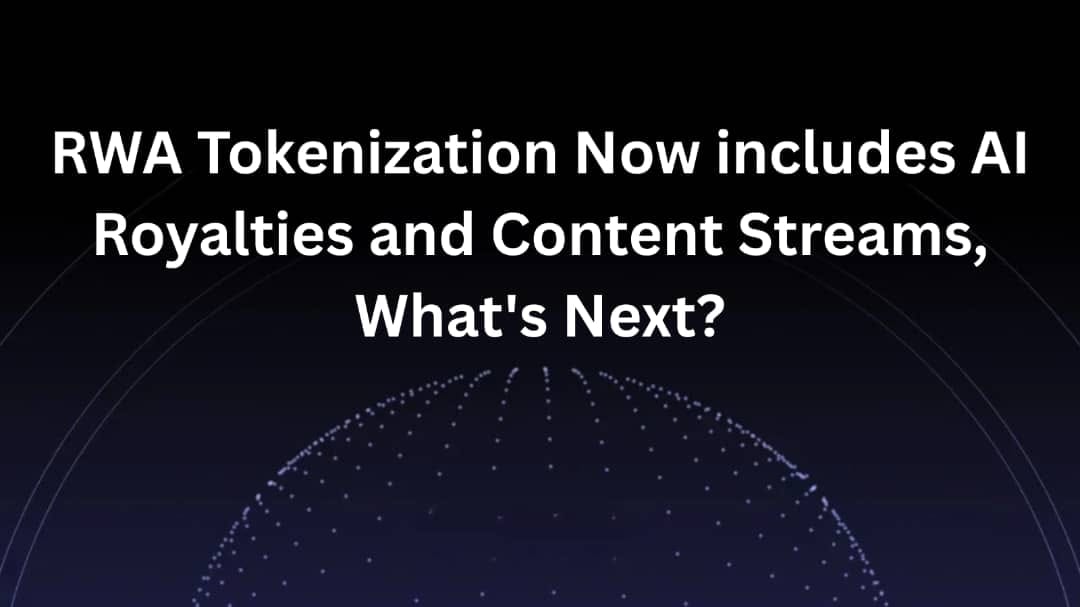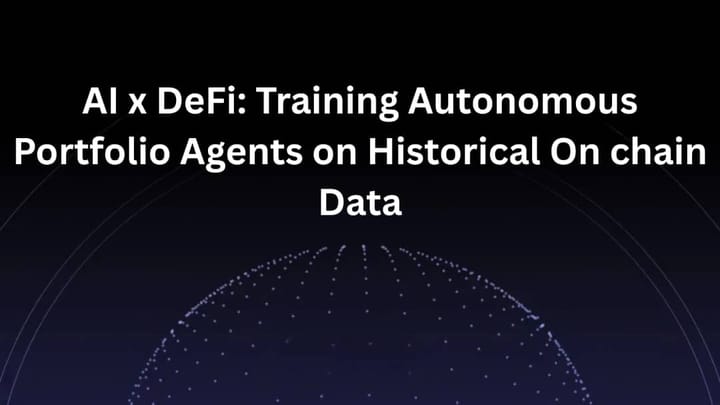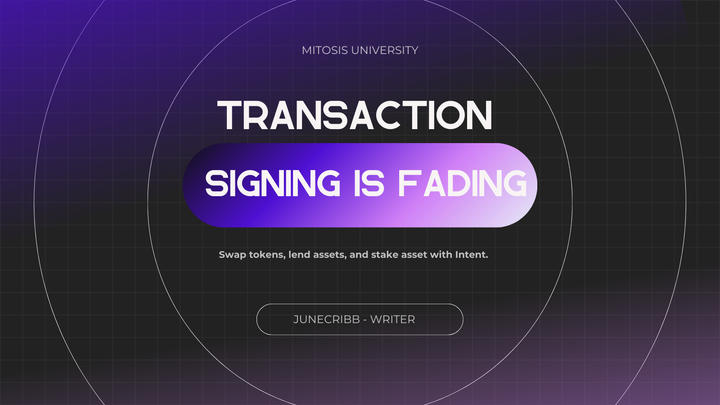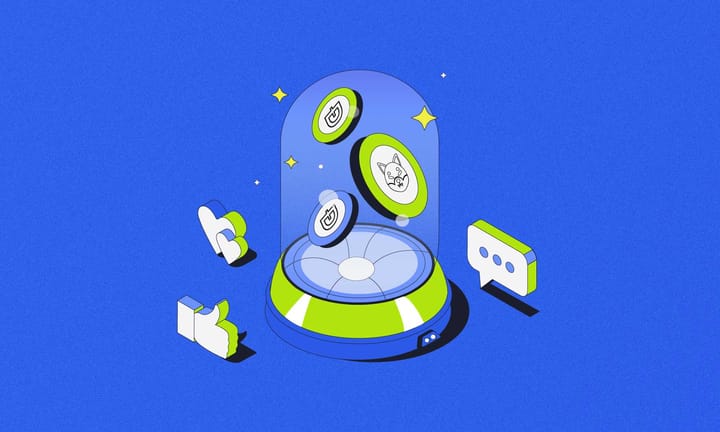RWA Tokenization Now Includes AI Royalties and Content Streams, What’s Next?

Introduction
The digital landscape is evolving at an unprecedented pace, and the intersection of Real World Asset (RWA) tokenization, artificial intelligence (AI), and the creator economy is at the forefront of this transformation. As creators seek innovative ways to monetize their work, the integration of AI royalties and content streams into tokenized assets is reshaping how we think about ownership, value, and engagement in the digital realm. This article delves into the intricacies of RWA tokenization, the implications of AI in royalty distribution, and the future of non-physical assets in the creator economy.
1. Understanding RWA Tokenization
1.1 What is RWA Tokenization?
RWA tokenization refers to the process of converting real-world assets into digital tokens that exist on a blockchain. This process allows for fractional ownership, increased liquidity, and broader access to investment opportunities. By representing physical assets such as real estate, art, or commodities as digital tokens, RWA tokenization democratizes access to investment and ownership.
1.2 The Mechanism of Tokenization
Tokenization involves several key steps:
- Asset Identification: The first step is identifying the asset to be tokenized. This could be anything from real estate to intellectual property.
- Legal Framework: Establishing a legal framework is crucial to ensure that the tokenized asset complies with local regulations. This may involve creating a legal entity that holds the asset and issues tokens representing ownership.
- Smart Contracts: Smart contracts are self-executing contracts with the terms of the agreement directly written into code. They automate the process of transferring ownership and distributing royalties, ensuring transparency and efficiency.
- Token Creation: Once the legal framework and smart contracts are in place, the asset is tokenized, and digital tokens are created. These tokens can then be bought, sold, or traded on various platforms.
- Marketplace Integration: Tokenized assets are typically listed on decentralized marketplaces, allowing investors and consumers to engage with them easily.
1.3 Benefits of RWA Tokenization
- Fractional Ownership: Tokenization allows multiple investors to own a fraction of an asset, lowering the barrier to entry for investment.
- Increased Liquidity: Tokenized assets can be traded on secondary markets, providing liquidity that is often lacking in traditional asset classes.
- Global Access: Tokenization enables investors from around the world to participate in markets that were previously inaccessible.
- Transparency and Security: Blockchain technology ensures that all transactions are recorded transparently and securely, reducing the risk of fraud.
2. The Creator Economy and Its Evolution
2.1 Defining the Creator Economy
The creator economy refers to the ecosystem of individuals who create and monetize content, products, or services through digital platforms. This includes artists, musicians, writers, influencers, and other content creators who leverage technology to reach audiences and generate income.
2.2 The Rise of Tokenization in the Creator Economy
In recent years, the creator economy has witnessed a significant shift towards tokenization. Creators are increasingly looking for ways to monetize their work beyond traditional methods, such as advertising and sponsorships. Tokenization offers a new model for creators to engage with their audience and generate revenue.
2.3 Case Studies of Successful Tokenization
- Musicians and Music Royalties: Musicians have begun to tokenize their albums, allowing fans to purchase shares in their work. For example, a musician could issue tokens representing a percentage of future streaming royalties, enabling fans to invest in their favorite artists.
- Digital Art and NFTs: The rise of non-fungible tokens (NFTs) has revolutionized the art world. Artists can tokenize their digital artwork, creating scarcity and allowing collectors to own unique pieces. This has led to record-breaking sales in the NFT market.
- Writers and Content Creators: Writers can tokenize their books or articles, allowing readers to invest in their work. This model not only provides upfront funding for creators but also aligns their interests with their audience.
3. AI Royalties: A Game Changer for Creators
3.1 The Role of AI in Royalty Distribution
Artificial intelligence is transforming how royalties are calculated and distributed in the creator economy. Traditional royalty systems can be complex and opaque, often leading to delays in payments and disputes over revenue sharing. AI offers a solution by automating and optimizing the royalty distribution process.
3.2 How AI Works in Royalty Distribution
- Data Analysis: AI algorithms can analyze vast amounts of data to determine how often a piece of content is consumed. This includes tracking streaming numbers, downloads, and social media engagement.
- Dynamic Pricing: AI can help creators set dynamic pricing for their content based on demand. For example, if a song is trending, the price of its token could increase, allowing creators to capitalize on its popularity.
- Real-Time Payments: With AI, creators can receive real-time payments as their content is consumed. This eliminates the traditional delays associated with royalty payments and ensures that creators are compensated fairly and promptly.
3.3 Benefits of AI Royalties
- Transparency: AI provides a transparent view of how royalties are calculated, reducing disputes and increasing trust between creators and platforms.
- Efficiency: Automating the royalty distribution process saves time and resources, allowing creators to focus on their work rather than administrative tasks.
- Fair Compensation: AI ensures that creators are compensated based on actual consumption, leading to a more equitable distribution of revenue.
4. Content Streams: Continuous Monetization for Creators
4.1 What are Content Streams?
Content streams refer to the ongoing revenue generated from a creator's work. This can include streaming royalties, subscription fees, merchandise sales, and more. Tokenization allows creators to establish continuous monetization models that benefit both them and their audience.
4.2 Tokenized Content Streams
- Subscription Models: Creators can tokenize subscription services, allowing fans to invest in their work and receive exclusive content or benefits in return. This creates a sustainable income model for creators.
- Crowdfunding through Tokenization: Creators can raise funds for new projects by offering tokens that represent a share of future revenue. This not only provides upfront capital but also engages fans in the creative process.
- Royalties from Multiple Sources: Tokenization allows creators to receive royalties from various sources, such as streaming platforms, merchandise sales, and licensing deals. This diversification of income streams enhances financial stability.
4.3 The Future of Content Streams
As the creator economy continues to evolve, content streams will become increasingly important. Creators will seek innovative ways to monetize their work, and tokenization will play a crucial role in facilitating these new revenue models.
5. The Future of Non-Physical RWAs
1. Emerging Trends in Non-Physical RWAs
The rise of non-physical RWAs, such as digital art, music, and virtual real estate, is reshaping the investment landscape. These assets are becoming increasingly valuable as more people engage with digital content.
- Digital Art and NFTs: The NFT market has exploded, with digital art selling for millions of dollars. This trend is likely to continue as more artists embrace tokenization.
- Virtual Real Estate: Virtual worlds and metaverses are gaining popularity, leading to the emergence of virtual real estate as a new asset class. Investors can buy, sell, and trade virtual properties, creating a new market for digital assets.
- Gaming and In-Game Assets: The gaming industry is exploring tokenization for in-game assets, allowing players to buy, sell, and trade items as NFTs. This creates a new economy within games and enhances player engagement.
2. Market Growth and Opportunities
The market for tokenized non-physical assets is expected to grow significantly, driven by advancements in blockchain technology and increasing acceptance of digital ownership. This growth presents opportunities for both creators and investors.
- Investment Opportunities: As the market for tokenized assets expands, investors will have access to a wider range of opportunities. This includes investing in digital art, music royalties, and virtual real estate.
- Creator Empowerment: Tokenization empowers creators by providing them with new revenue streams and greater control over their work. This shift is likely to lead to a more diverse and vibrant creative landscape.
- Global Participation: Tokenization enables global participation in the creator economy, allowing individuals from different backgrounds and regions to invest in and support creators.
6. Challenges and Considerations
1. Regulatory Landscape
As the tokenization of RWAs expands, navigating the regulatory landscape will be crucial. Creators and platforms must ensure compliance with local laws to avoid legal complications. This includes understanding securities regulations, intellectual property rights, and tax implications.
2. Data Privacy and Security
Protecting the intellectual property of creators is paramount. Robust security measures must be implemented to safeguard against theft and unauthorized use of tokenized content. Additionally, data privacy concerns must be addressed to build trust with creators and consumers.
3. Market Volatility
The value of tokenized assets can be volatile, influenced by market demand and trends. Creators and investors should be aware of these fluctuations and consider them when engaging in the tokenized economy. Developing strategies to mitigate risk will be essential for long-term success.
Conclusion
RWA tokenization, combined with AI royalties and content streams, is revolutionizing the creator economy. This innovative approach not only empowers creators by providing new revenue opportunities but also enhances accessibility for fans and investors. As the market for non-physical RWAs continues to grow, it will be essential for stakeholders to navigate the challenges and embrace the opportunities presented by this evolving landscape.
The future of the creator economy is bright, with tokenization paving the way for new models of engagement and monetization. As creators leverage technology to connect with their audience, the possibilities for innovation and growth are limitless. The integration of AI and tokenization will continue to shape the future of content creation, ensuring that creators are fairly compensated for their work while providing fans with unique opportunities to engage with their favorite artists.
Resources for Further Reading
- How RWA Tokenization and Artificial Intelligence are Converging to Create a More Inclusive Economy
- RWA Tokenization Surges Past $20 Billion Mark Driven by Infrastructure Advancements
- Next in Real World Asset Tokenization
- The Future of the Creator Economy: Trends and Predictions
- Understanding NFTs: A Guide for Artists and Creators
- The Role of AI in the Future of Content Creation



Comments ()